
Astrobiology Revealed #28: Cassie Hopton
We asked Cassie Hopton about her recent paper, “Growth, physiology, and metabolism of Halomonas meridiana in aqueous ammonium sulfate with implications for icy moon astrobiology.” Cassie is a PhD student in the UK Centre for Astrobiology at the University of Edinburgh. Cassie explains how ammonium sulfate could act as a double-edged sword for life in the subsurface oceans of icy moons like Titan and Europa.
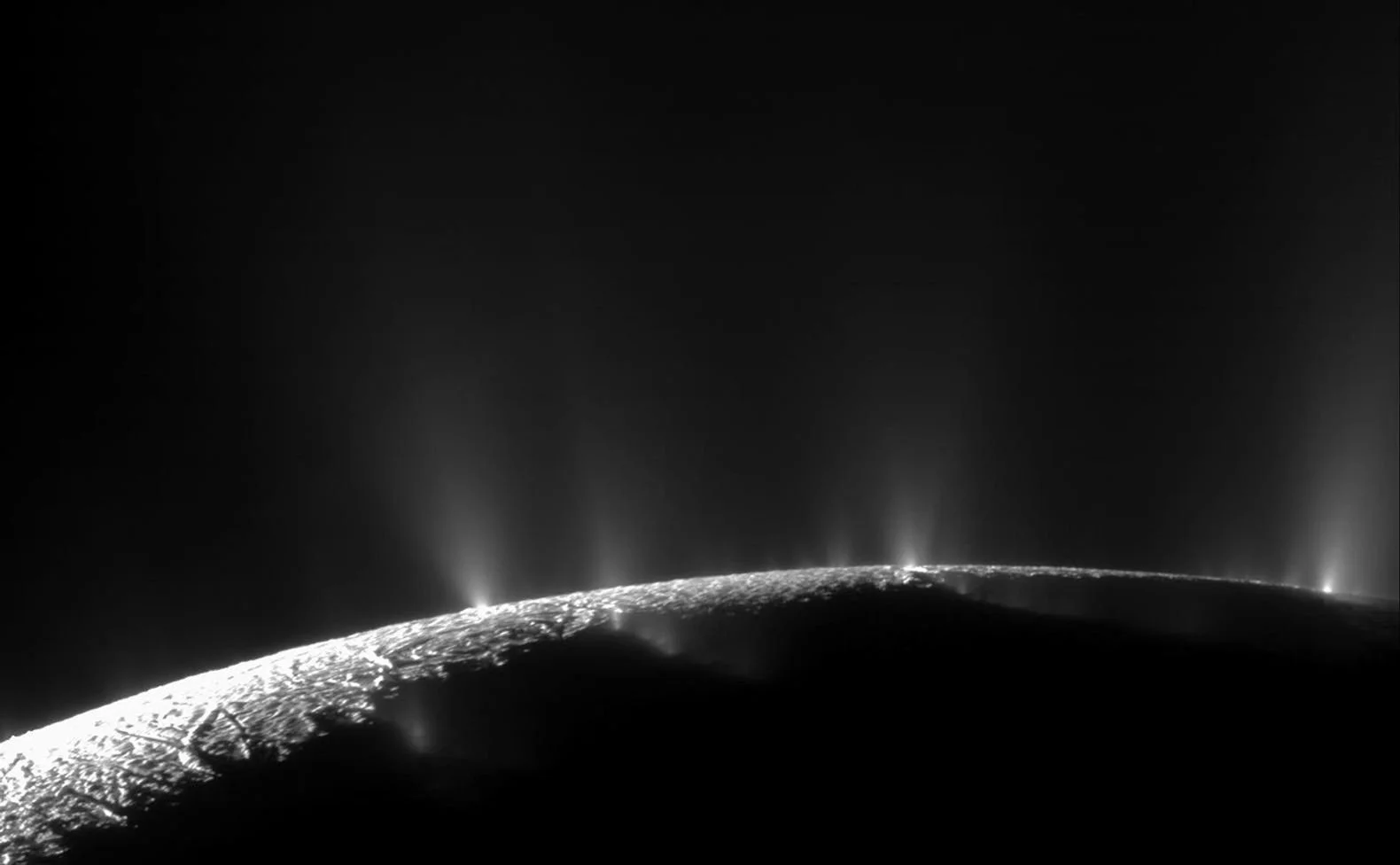
Cassini data reveals new information on Enceladus’ ice grain composition
In this article, we talk about new interpretations of Cassini data, revealing that freshly ejected Enceladus ice grains contain a variety of organic compounds.

Building Astrobiology Collaborations in New Zealand
Celebrating 10 years of astrobiology collaborations in New Zealand!

Astrobiology Revealed #27: Gaëlle Belleau-Magnat
In this Q&A, we asked Gaëlle Belleau-Magnat about her recent paper, “Mineralogy, geochemistry and morphology of Arctic gossans on Axel Heiberg Island, NU, Canada: Spectroscopic investigation and implications for Mars.” Gaëlle is a research professional in the GEOmatic DEdicated to Space exploration (GEODES) lab, which is part of the Applied Geomatics Department at the Université de Sherbrooke in Québec, Canada. Gaëlle explains why Martian gossans could hold clues to past life and describes the best ways to find them.

Astrobiology Revealed #26: Antonin Affholder
For this Astrobiology Revealed, we asked Antonin Affholder about his recent paper, “The Viability of Glycine Fermentation in Titan’s Subsurface Ocean.” Antonin is currently a NOMIS-ETH postdoctoral fellow at the Centre for the Origin and Prevalence of Life at ETH Zürich. He’s affiliated with the Laboratory of Ecosystems and Landscape Evolution, Institute of Terrestrial Ecosystems, at ETH. Antonin explains why glycine-munching microbes might exist in Titan’s ocean, but they’d be extremely challenging to detect given their scarcity.
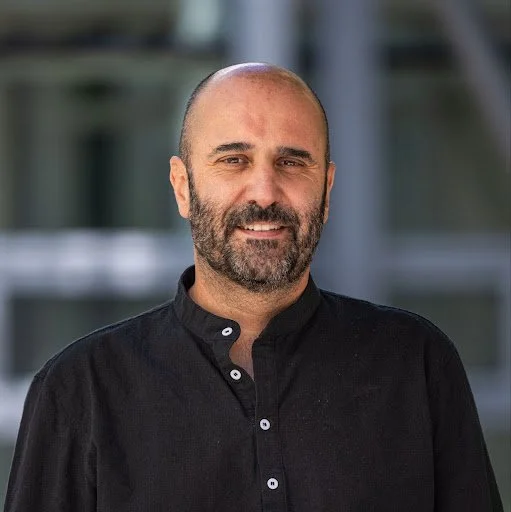
Astrobiology Revealed #25: Alfonso Davila
In this issue of Astrobiology Revealed, we interviewed Alfonso Davila, a Research Scientist in the Exobiology Branch at NASA Ames Research Center. We asked Alfonso about a new web-based tool designed to help the scientific community evaluate evidence of life, called the Life Detection Knowledge Base. Alfonso describes the structure of the database and how the scientific community can use it to plan future life detection missions.
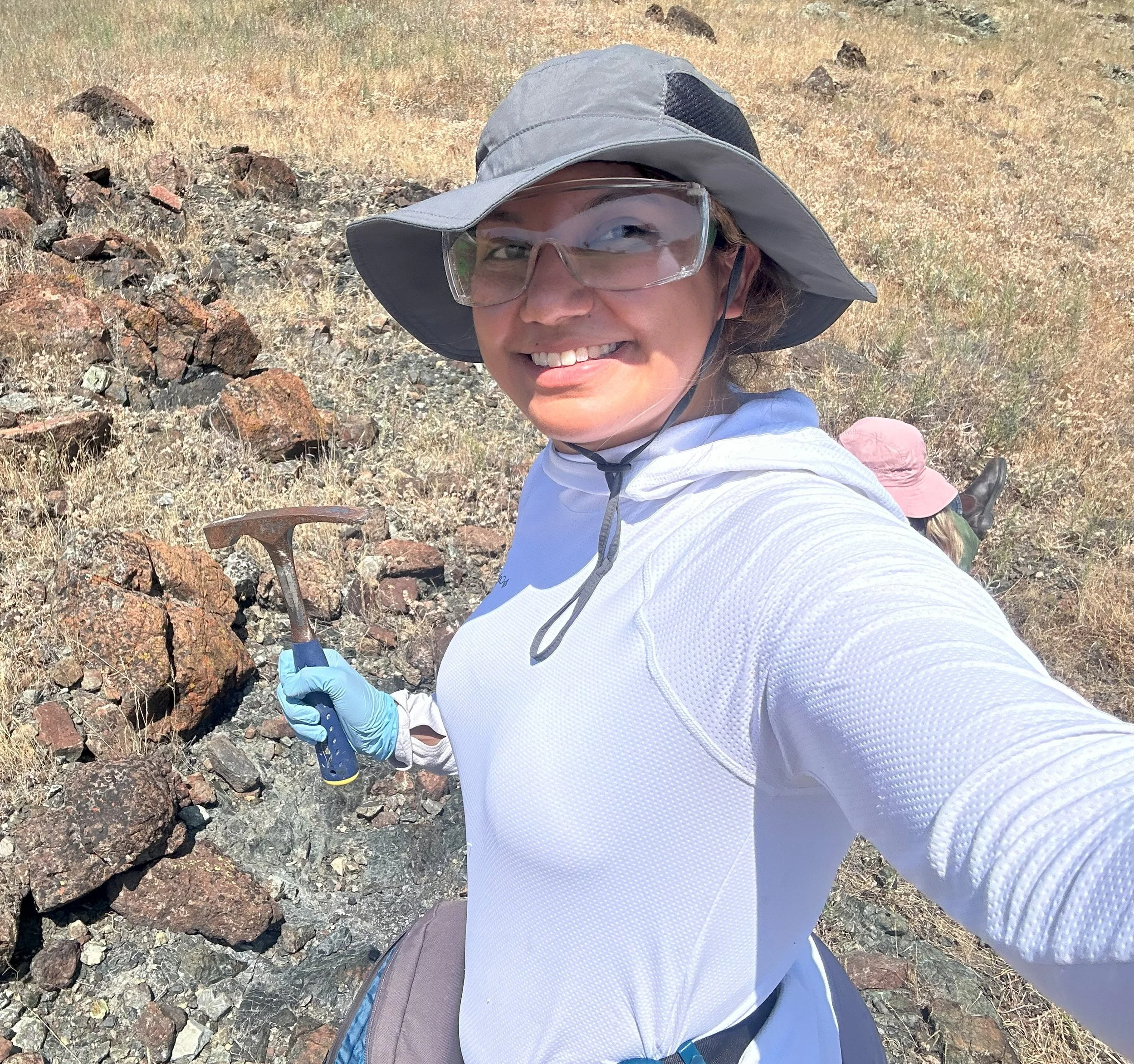
Astrobiology Revealed #24: Sarah Gonzalez-Henao
In this Astrobiology Revealed, we spoke with Sarah Gonzalez-Henao, a second-year PhD candidate at Michigan State University, about her recent paper, “An astrobiological perspective on microbial biofilms: their importance for habitability and production of detectable and lasting biosignatures.” Sarah discusses how biofilms protect their microbial inhabitants from harsh conditions, and their potential to provide both organic and inorganic biomarkers for extraterrestrial life.
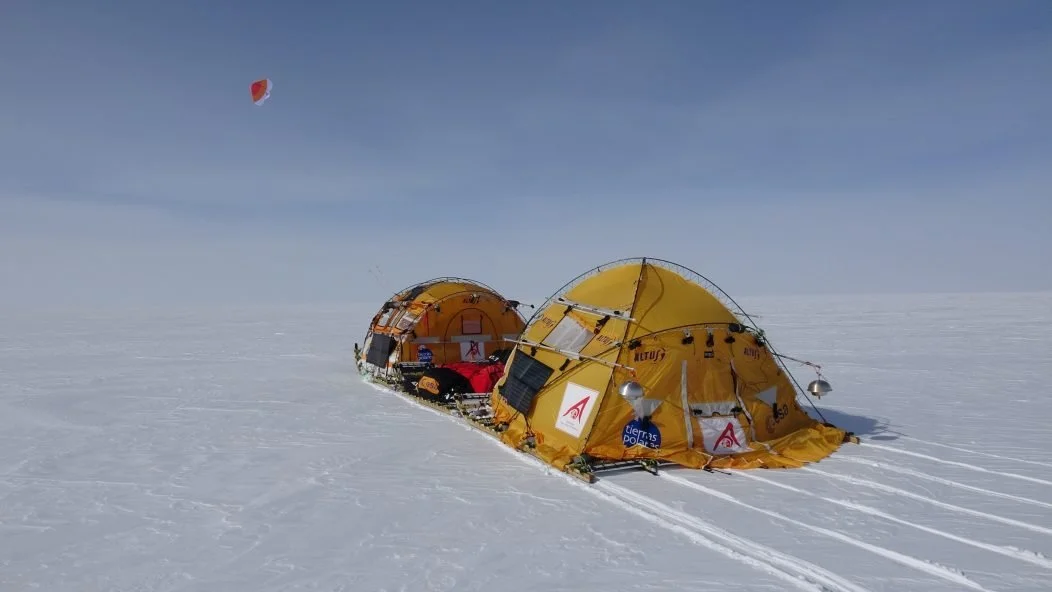
Sledding 2500+ km across Antarctica
How a sled-based expedition across the East Antarctic Plateau led to the discovery and cultivation of a new Cyanobacterial species
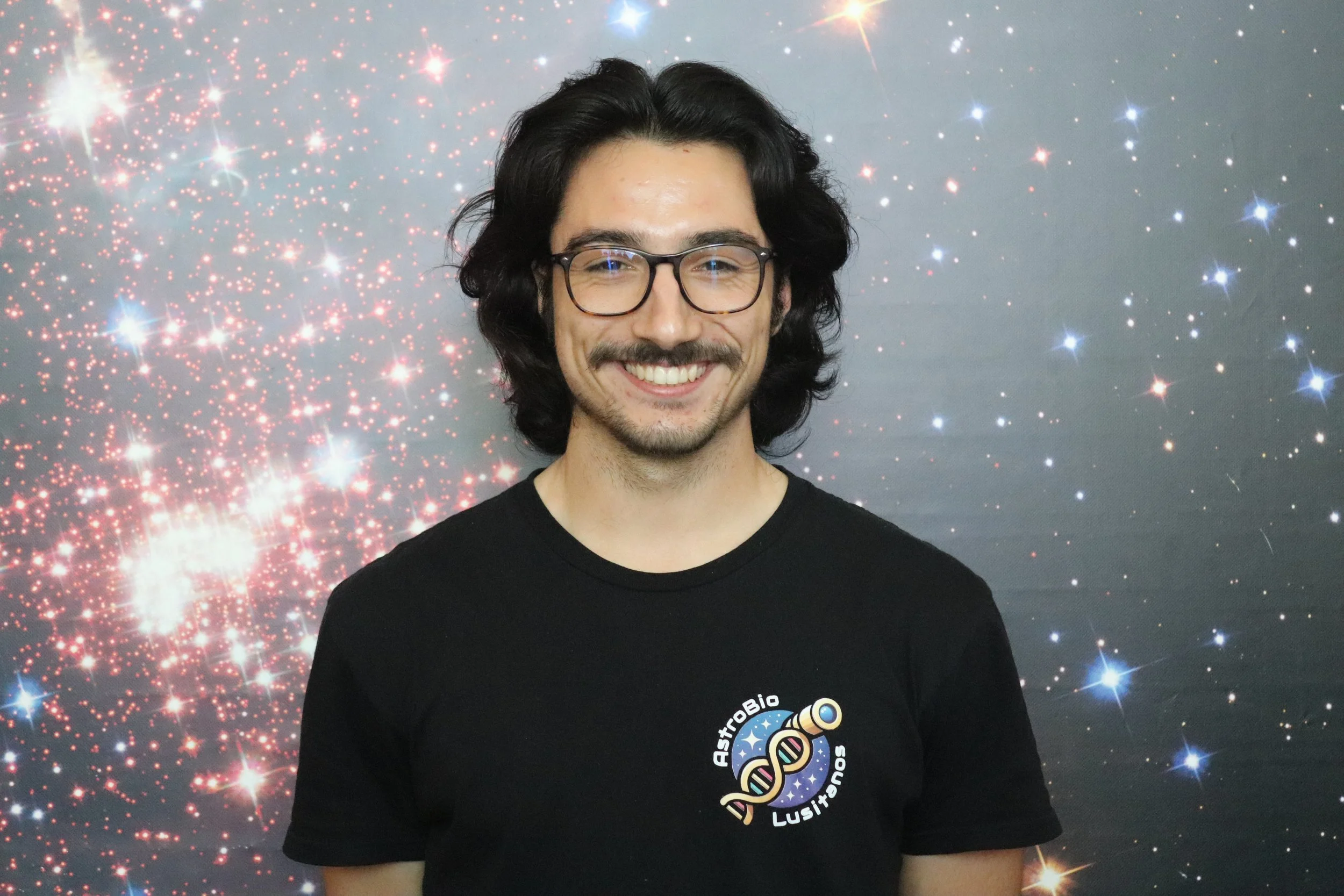
Astrobiology Revealed #23: Afonso Mota
In this Astrobiology Revealed, we chatted with Afonso Mota about his recent paper, “How Habitable Are M Dwarf Exoplanets? Modeling Surface Conditions and Exploring the Role of Melanins in the Survival of Aspergillus niger Spores Under Exoplanet-Like Radiation.” Afonso is currently a PhD student with the Institute of Astrophysics and Space Sciences at the University of Porto in Portugal. He also engages in science communication as a co-creator of the Portuguese astrobiology young career researcher group, AstroBioLusitanos. Afonso discusses why we need more info about exoplanet atmospheres, the importance of fundamental research, and how the fungus Aspergillus could be the perfect organism to take with us into space.
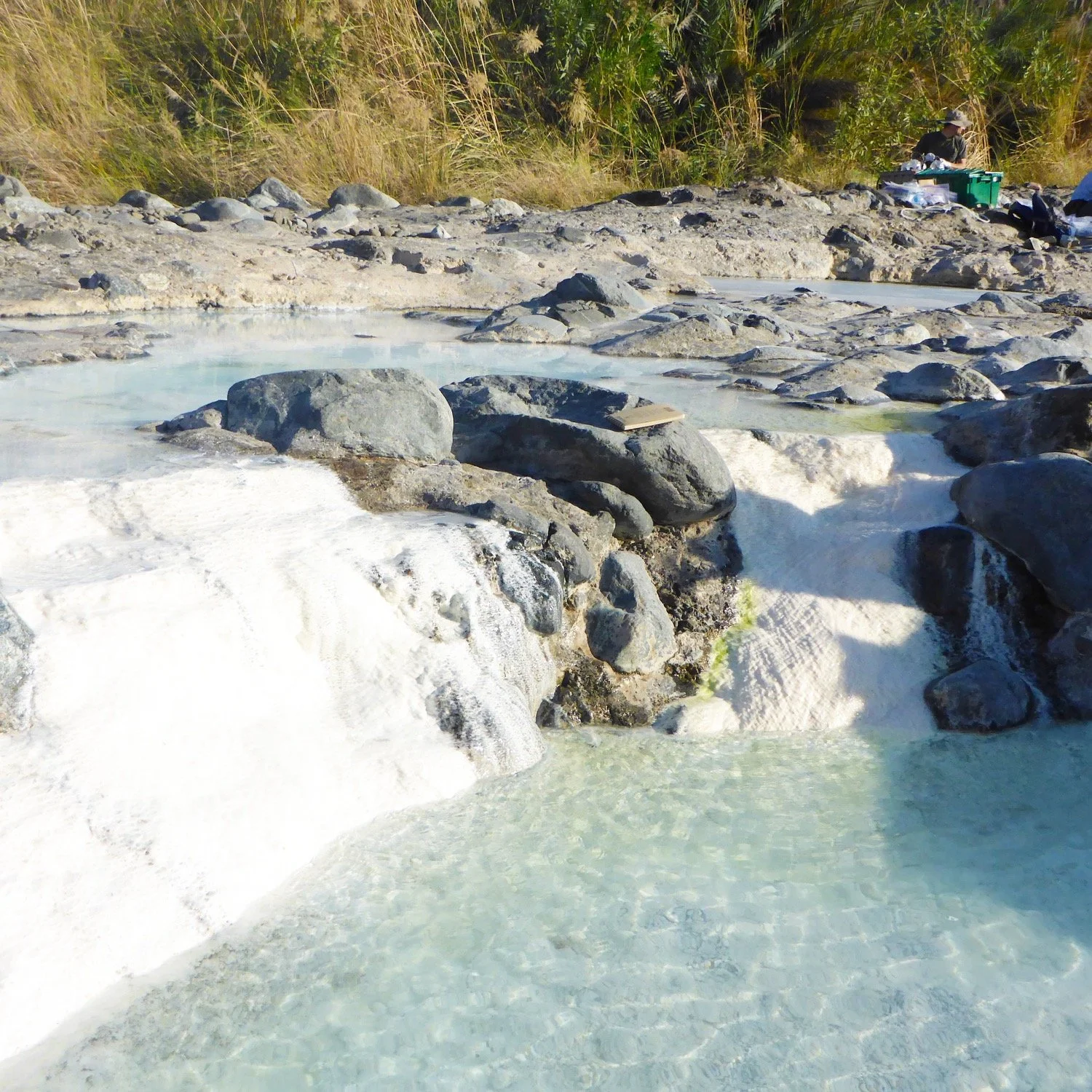
How Hydrogen-Fueled Ecosystems in Oman’s Subsurface Could Rewrite the Rules of Biology
In the depths of Oman, a hidden world thrives in darkness – fueled not by sunlight, but by hydrogen-rich fluids seeping through ancient rocks.
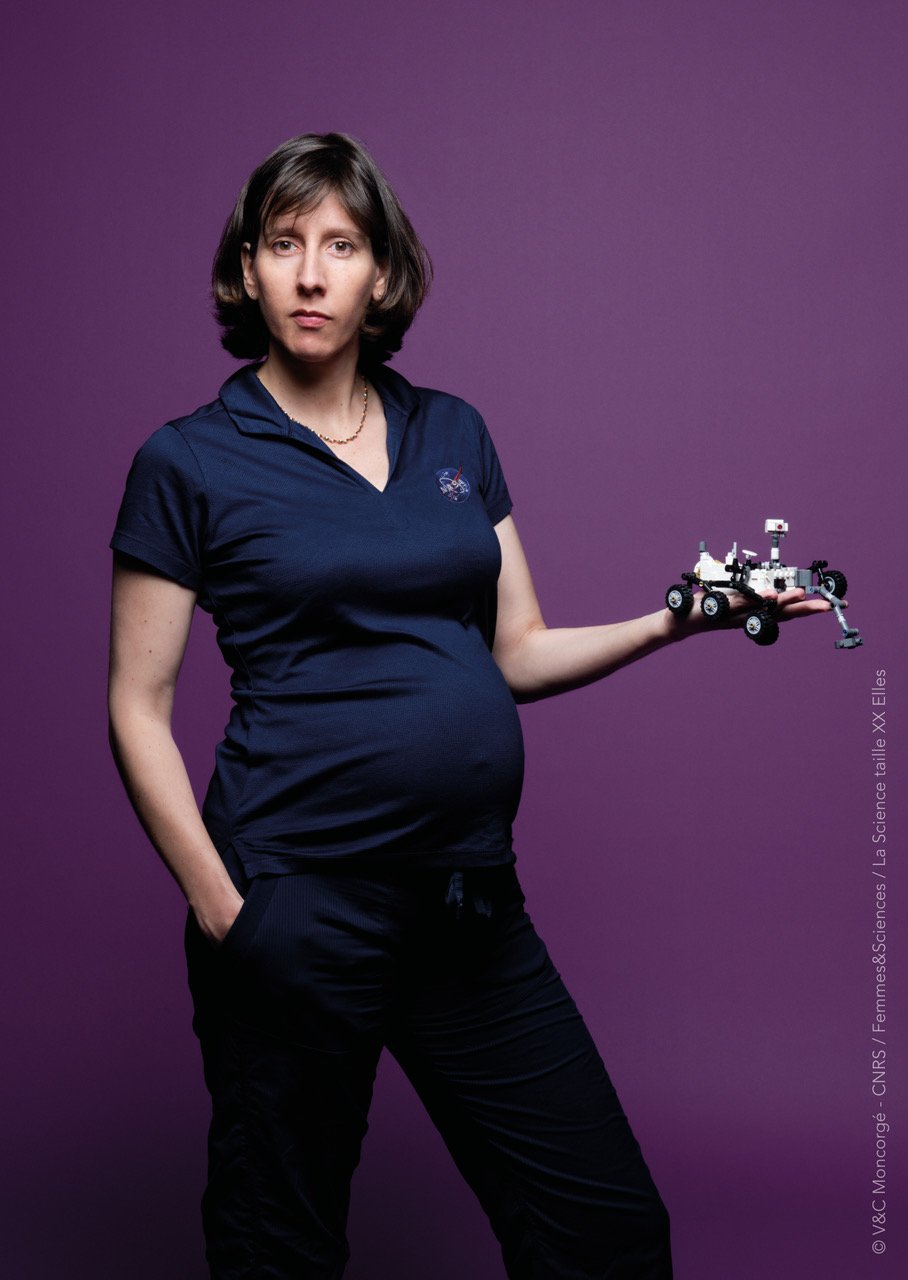
Astrobiology Revealed #22: Caroline Freissinet
For this Astrobiology Revealed, we interviewed Caroline Freissinet, CNRS research scientist at Laboratoire Atmosphères et Observations Spatiales (LATMOS) in Guyancourt, France. In her recent paper “Long-chain alkanes preserved in a Martian mudstone,” Caroline and colleagues reported the exciting discovery of linear long-chain carbon molecules from a mudstone sampled by the Curiosity rover at Gale Crater on Mars. Caroline discusses the challenges of working with off-world instruments, potential sources for the carbon compounds, and how international teamwork is paramount in this and future Mars missions.

On potential budget cuts to NASA
The U.S. White House budget proposal for fiscal year 2026 would have major consequences for NASA and U.S. funding for space science.

Astrobiology Revealed #21: Shuya Tan
In this Q&A, we asked Shuya Tan about his recent paper “Metal Limiting Habitability in Enceladus? Availability of Trace Metals for Methanogenic Life in Hydrothermal Fluids.” Shuya is currently a Young Research Fellow in the Institute for Extra-cutting-edge Science and Technology Avant-garde Research (X-star) at the Japan Agency for Marine-Earth Science and Technology (JAMSTEC). Shuya explains why scientists think methanogens could thrive in Enceladus’ ocean, and explores whether they’d have enough bioactive metals to do so.

Following the water in dry permafrost
In a new article in Astrobiology, authors Mellon et al. discuss the potential habitability of dry permafrost on Mars based on water activity in similar terrestrial analogue samples and models.

Astrobiology Revealed #20: Lara Maldanis
For this Astrobiology Revealed, we asked Lara Maldanis about her paper “Unveiling Challenging Microbial Fossil Biosignatures from Rio Tinto with Micro-to-Nanoscale Chemical and Ultrastructural Imaging.” Lara is currently a Marie Curie Postdoctoral Fellow at the Earth Sciences department of the VU Amsterdam. Lara discusses how high-resolution 3D imaging methods like the ones they used could be the key to finding definitive traces of life in rocks from challenging environments like Mars.

Astrobiology Revealed #19: Asena Kuzucan
Asena Kuzucan discusses her paper “The Role of Atmospheric Composition in Defining the Habitable Zone Limits and Supporting E. coli Growth.” Asena is a postdoc in the Department of Astronomy at the Université de Genève in Switzerland, and part of the Centre pour la Vie dans l’univers (CVU). Asena describes the ins and outs of using 3D climate models to study planetary habitable zones, and clarifies the distinction between long-term habitability and short-term biological growth.

Organic matter from Bennu is rich in ammonia and nitrogen
A new Nature Astronomy article discusses the chemical composition of samples from Bennu, the asteroid visited by OSIRIS-REx. Bennu samples are rich in nitrogen-containing compounds, including several prebiotic chemicals like amino acids and nucleobases.
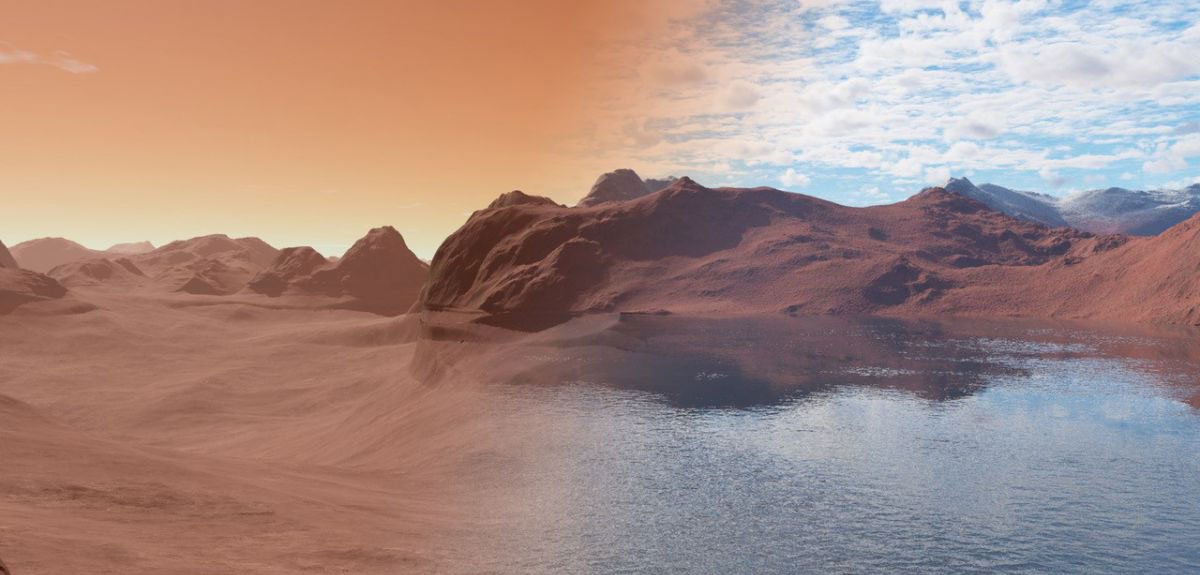
(The surface of) Mars ain’t the kind of place to raise your kids: A new, indigenous deep terrestrial subsurface microbiome
This month at SAGANet, we’re discussing a new Nature Communications paper about a deep subsurface microbial community at Kidd Creek Observatory in the Canadian Shield. The taxa present may not be unique to fracking environments and could instead be native to a wide range of deep, isolated groundwater systems.

Comet Tsuchinshan-ATLAS and Our “Responsibility to Awe”
This month at SAGANet, we’re looking back at the brightest comet to appear in our skies since 1997 and how this cosmic visitor can bring us all a little more insight and joy.

The Three-Body Problem by Liu Cixin: Review
This month at SAGANet, we’re discussing the modern science fiction classic The Three-Body Problem
